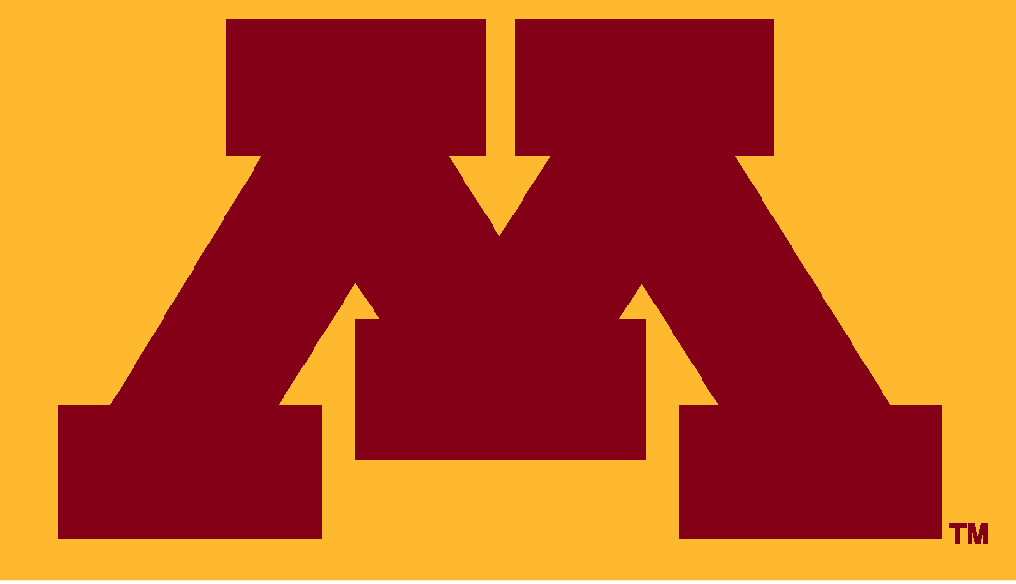Introduction
Partial differential equations (PDE) are ubiquitous in science, engineering and physics. Applications include traffic flow, heat diffusion, wave propagation, quantum mechanics, computer vision, image processing, and optimal control theory, among many others. This course is the first part of a basic introduction to partial differential equations. Topics to be covered include waves, diffusion, Laplace's equation, Fourier series and Fourier transform techniques, separation of variables, numerical methods for PDE, and other selected topics. The second part is Math 5588 in Spring 2017.

The animation above is a numerical simulation of the mean curvature motion PDE, which moves a curve in the plane in the direction of its inward normal vector with a speed equal to its curvature. Mean curvature motion arises in physical systems that involve surface tension, such as soap film/bubbles and biological cell membranes, and many other fields of pure and applied mathematics. It is possible to prove that mean curvature motion evolves any simple closed curve into a convex curve, and then collapses it to a point. Along the way, the curve becomes asymptotically close to a circle.
Course Information
| Instructor | Jeff Calder (Office: 538 Vincent Hall, Email: jcalder at umn dot edu) |
| Lectures | Tue and Thu, 4:45pm-6pm in 207 Vincent Hall |
| Office Hours | Tue: 10am-11am and 2pm-4pm in 538 Vincent hall |
| Final Exam | The final exam is schedule for Tuesday, December 20, 4:45pm-6:45pm |
| Midterm Exams | We will have two in-class midterm exams, scheduled for October 6th and November 3rd. All midterms and exams are closed book. |
| Piazza | We have a Piazza website for student discussions. To sign up, click here. Rather than emailing questions to the instructor, students are encouraged to post questions on Piazza, and to participate in the discussion. |
| Moodle | We also have a Moodle page, which will be primarily used for posting grades. |
| Required Textbook | Olver, Peter J. Intro to Partial Differential Equations (2014) SpringerLink PDF |
| Recommended Textbooks | Strauss, Walter A. Partial Differential Equations: An Introduction. Shearer, M. and Levy, R. Partial Differential Equations: An Introduction to Theory and Applications. |
| Grades | Your final grade will be based on homework assignments (30%), midterm I (20%), midterm II (20%), and the final exam (30%). A higher score on the final exam counts in place of any lower midterm score. |
| Readings | Readings will be assigned on a weekly basis and posted on the schedule page on this website. It is very important to do the readings before attending the associated lecture. Additional lecture notes will be posted periodically on the schedule page under the "reading" column. |
| Homework | There will be weekly homework assignments posted on this website that will be due in class every Thursday. Collaboration on homework is encouraged, but you must write up the solutions in your own words and cite any class members that you worked with. Late homework will not be accepted for any reason. Your overall homework grade will be the average of your highest 9 homework scores. |
| Matlab | At least one homework assignment will involve some numerical computations in Matlab. All computers in Vincent Hall have Matlab, Mathematica, and Maple installed. All Linux lab computers in the college should have the same software. This includes the labs in Vincent Hall 5 (when no class is in session) and 270D. You can also download Matlab on your personal computer with a University license. The software as well as instructions are available here. Before downloading the software, you will need a CSELabs account, which you can get here. There is also a great open source alternative to Matlab called GNU Octave. The software is free and open source, and can be downloaded here. |
| Academic Honesty | The School of Mathematics at the University of Minnesota expects that students in mathematics courses will not engage in cheating or plagiarism. Cheating, plagiarism, and other forms of academic dishonesty will result in a grade of zero on the homework assignment or exam in question, and, in severe cases, a failing grade in the course and a referral to the Office for Student Conduct and Academic Integrity (OSCAI). Students should be familiar with the Student Code of Conduct. |